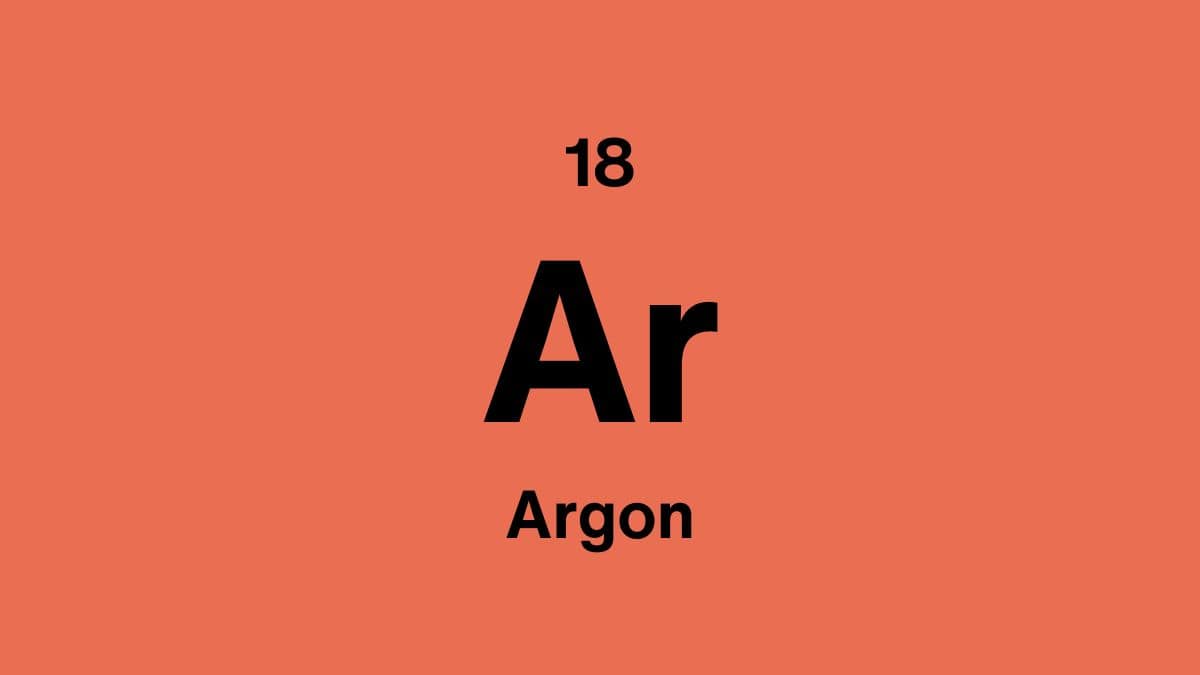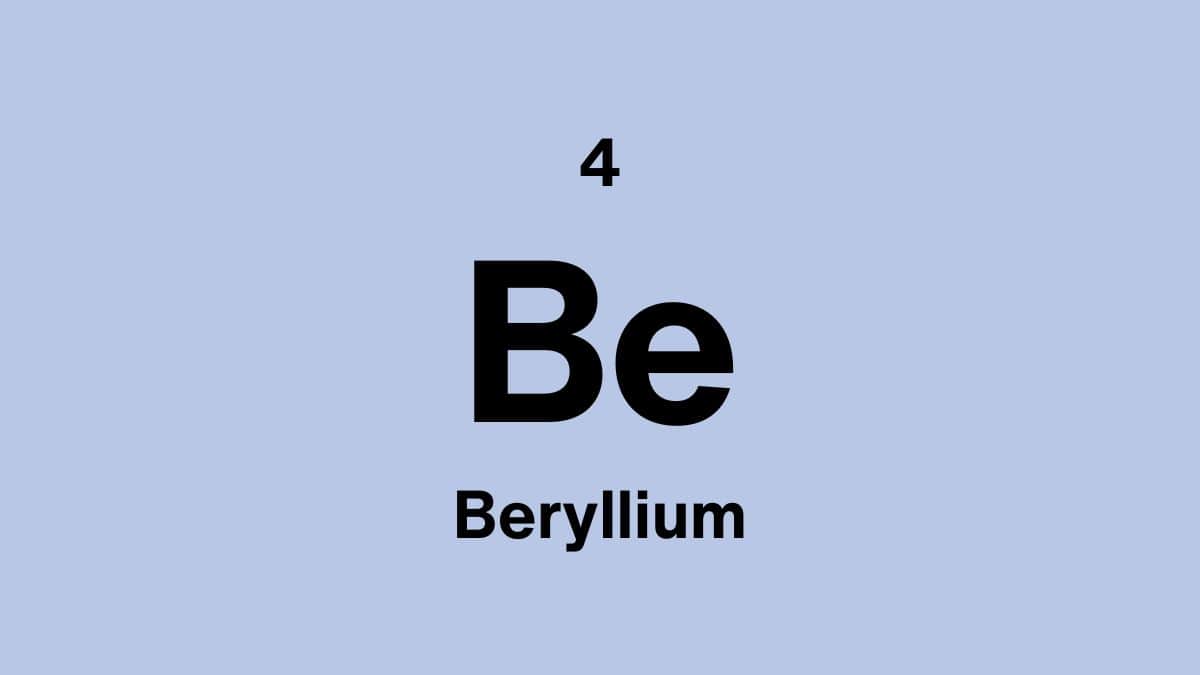What is argon?
Welcome to the fascinating world of argon! This unassuming gas may not have the flamboyance of helium or the reactivity of oxygen, but don't be fooled by its uneventful nature. Argon holds a special place in both the scientific and everyday realms, hiding a multitude of intriguing secrets. In this lighthearted essay, we will embark on an adventure to uncover the hidden beauty and captivating aspects of argon. From its appearance and biological role to its practical applications and historical discoveries, join us as we explore the world of this remarkable element. So sit back, relax, and prepare to be enlightened and entertained by the wonders of argon!
The properties of argon
| Atomic Number: | 18 |
| Atomic Symbol: | Ar |
| Atomic Weight (amu): | 39.948 |
| Electronegativity: | 0.00 |
| Melting point: | -189.40°C | -308.92°F | 83.75K |
| Boiling point: | -185.80°C | -302.44°F | 87.35K |
What does argon look like?
Argon, often referred to as a "noble gas," is colorless, odourless, and tasteless. In its pure form, it exists as a monatomic gas, consisting of individual argon atoms. Due to its noble gas properties, it neither reacts with other elements nor forms compounds readily.
What is the biological role of argon?
Interestingly, despite being chemically inert, recent studies have suggested that argon might have a biological role. In certain circumstances, argon has shown potential as a neuroprotective gas, offering a degree of cellular defense against brain injuries. However, further research is required to fully understand and utilize this fascinating aspect of argon.
What is pure argon used for?
Pure argon finds extensive use in various industries, primarily due to its inertness and low reactivity. It is commonly employed as a shielding gas in welding processes to protect the weld area from atmospheric contamination. Additionally, the electronics industry uses argon during the production of semiconductors and other sensitive components, where its inert properties prevent oxidation or degradation.
What are the most common compounds with argon?
As mentioned earlier, argon is a noble gas and does not readily form compounds. Therefore, it is primarily used in its pure form, and there are no commonly used argon compounds.
Where can argon be found?
Argon is a ubiquitous element and can be found in the Earth's atmosphere, constituting approximately 0.93% of the air we breathe. It is produced through fractional distillation of liquid air, which separates argon from other atmospheric gases.
Is argon expensive?
Compared to other noble gases like helium or neon, argon is relatively inexpensive. Its abundance in the atmosphere and the efficiency of industrial production contribute to its affordability.
Are we running out of argon?
Argon is an abundant gas in the atmosphere, and it is not currently facing the risk of depletion. Barring any unforeseen circumstances, there is no immediate concern about running out of argon.
Can argon be recycled?
Argon is not typically recycled on a large scale due to its low reactivity and inert nature. However, in specific industrial applications where purity is crucial, such as in the semiconductor industry, argon can be recovered and purified for reuse.
Who discovered the argon element?
Argon was discovered in 1894 by Lord Rayleigh and Sir William Ramsay. They were studying the density of nitrogen gas when they realized that the density of nitrogen obtained from chemical sources was slightly higher than nitrogen obtained from the air, leading to the discovery of argon as a new element.
Is argon dangerous?
Argon is considered non-toxic and does not pose a significant threat to human health. However, it is important to note that in high concentrations, argon can displace oxygen, leading to oxygen deprivation and asphyxiation. Therefore, proper ventilation and safety precautions should be taken when working with argon in enclosed spaces.
Companies whose stock prices might be influenced by argon.
The stock prices of companies involved in industries where argon is used can be influenced by factors related to argon supply and demand. For example, companies in the welding industry might see their stock prices affected by changes in the availability and cost of argon. Similarly, companies in the electronics and semiconductor sectors could be influenced by argon prices and their impact on production costs. Monitoring the overall performance of these industries and staying informed about market trends can help individuals make informed investment decisions.
Interesting facts about argon
- Argon is named after the Greek word "argos," meaning "lazy" or "inactive," due to its lack of chemical reactivity.
- Argon is used in specialized lighting, such as fluorescent tubes and incandescent bulbs, to enhance their efficiency and lifespan.
- In geochronology, a method called argon-argon dating is used to determine the age of rocks and minerals by measuring the decay of radioactive potassium into argon.
How can an ordinary person make money from argon
While direct involvement in the argon industry may be limited for an ordinary person, there are indirect ways to potentially benefit. Investing in companies involved in the production, distribution, or use of argon, such as welding equipment manufacturers or semiconductor companies, could yield financial gains if the industry performs well.
Funny argon Jokes, Puns and One-Liners
Why do you only get bad chemistry jokes?
The good ones Argon
What do you call someone who says that a Lithium and Argon atom bonded?
A Li-Ar



